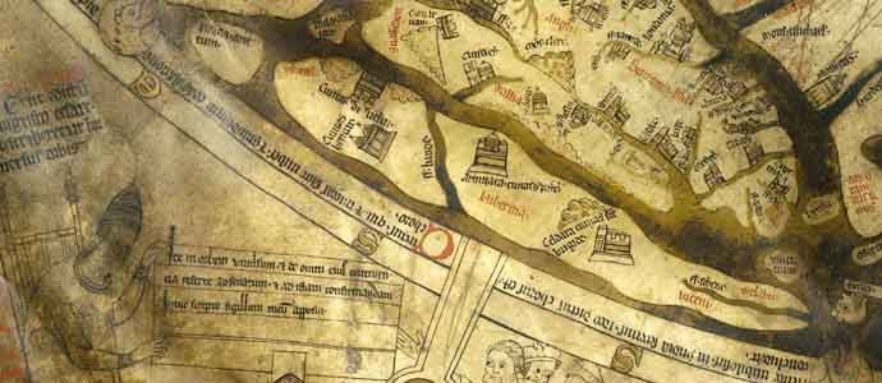Since 1999, cathedrals have been governed in accordance with the Cathedrals Measure passed that year. The Measure states the purpose of cathedrals and specifies how they are to be governed, creating three new bodies which together form the body corporate of a cathedral – the Chapter, Council and College of Canons.
Until the Cathedrals Measure 1999 came into effect, there were two types of cathedrals, Dean and Chapter Cathedrals and Parish Church Cathedrals. The Measure removed this distinction and all cathedrals are constituted in the same way.
Cathedrals are run by their Chapters, which have the task of administering the affairs of the cathedral. Chapters are formed of both clergy and lay people, who act as fiduciaries and manage the cathedrals’ affairs. The composition of the Chapter varies from cathedral to cathedral but the Dean and all Residentiary Canons are members, as are a number of other people whose numbers and methods of appointment are specified in a cathedral’s governing documents, known as its Constitution and Statutes. The Chapter is chaired by the Dean.
The Council of each cathedral meets at least twice a year to further and support the work of the cathedral and advise the Chapter. Its membership is again specified in the Constitution and Statutes. The Council is chaired by a lay person who is appointed by the diocesan bishop, and the bishop can attend and speak at the Council although he is not a member.
The College of Canons consists of the Dean and Residentiary Canons, suffragan bishops, archdeacons and honorary and lay canons. The College meets at least once a year to consider cathedral affairs. It also has the task of electing a new bishop in accordance with the Appointment of Bishops Act 1533.
Cathedrals as charities
Cathedrals are ecclesiastical corporations. Corporations are Common Law entities which exist independent of their members. As such they:
- exist in perpetuity;
- can act as if they were a person so can, for example, sue or be sued in their corporate name;
- can buy and sell lands and hold them for the benefit of the members of the corporation and their successors;
- have a common seal which is used to confirm their actions;
- can make by-laws or statutes for the regulation of their own affairs; and
- because of the need to supervise corporate acts, have a Visitor.
Cathedrals are corporations aggregate established for spiritual purposes. Cathedrals have a charitable purpose as defined in the Cathedrals Measure 1999 S1: ‘Any person or body on whom functions are conferred by or under this Measure shall, in exercising those functions, have due regard to the fact that the cathedral is the seat of the bishop and a centre of worship and mission’.
The Charities Act 2011 (S10) excludes ecclesiastical corporations from the Act. Cathedrals are not regulated by the Charity Commissioners in respect of their main activities but are regulated by their Visitors (the Cathedrals Measure 1999 makes the diocesan bishop the Visitor of his cathedral). Cathedrals are not ‘exempt’ or ‘excepted’ charities, as these are subject to the Charities Act. Cathedrals qualify as charities for taxation purposes; Her Majesty’s Revenue and Customs treats cathedrals as exempt charities and enables them to recover sums under Gift Aid.
